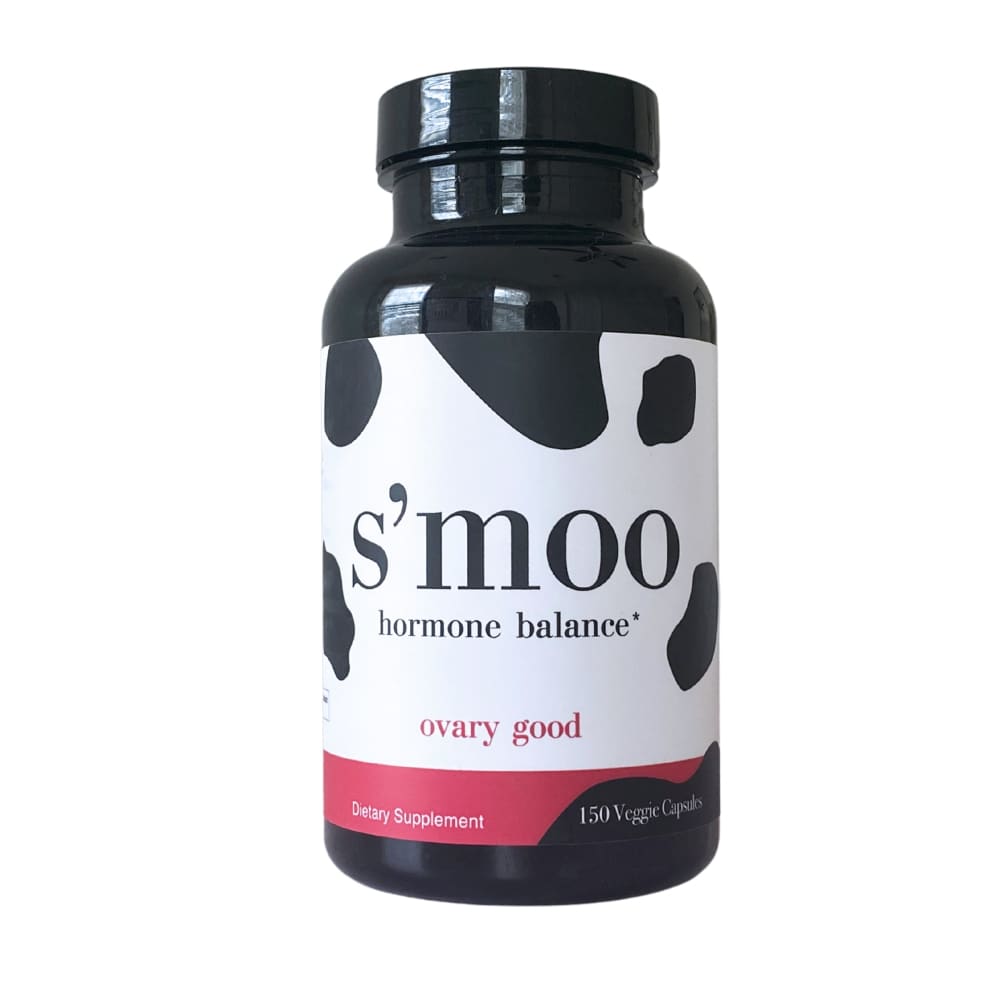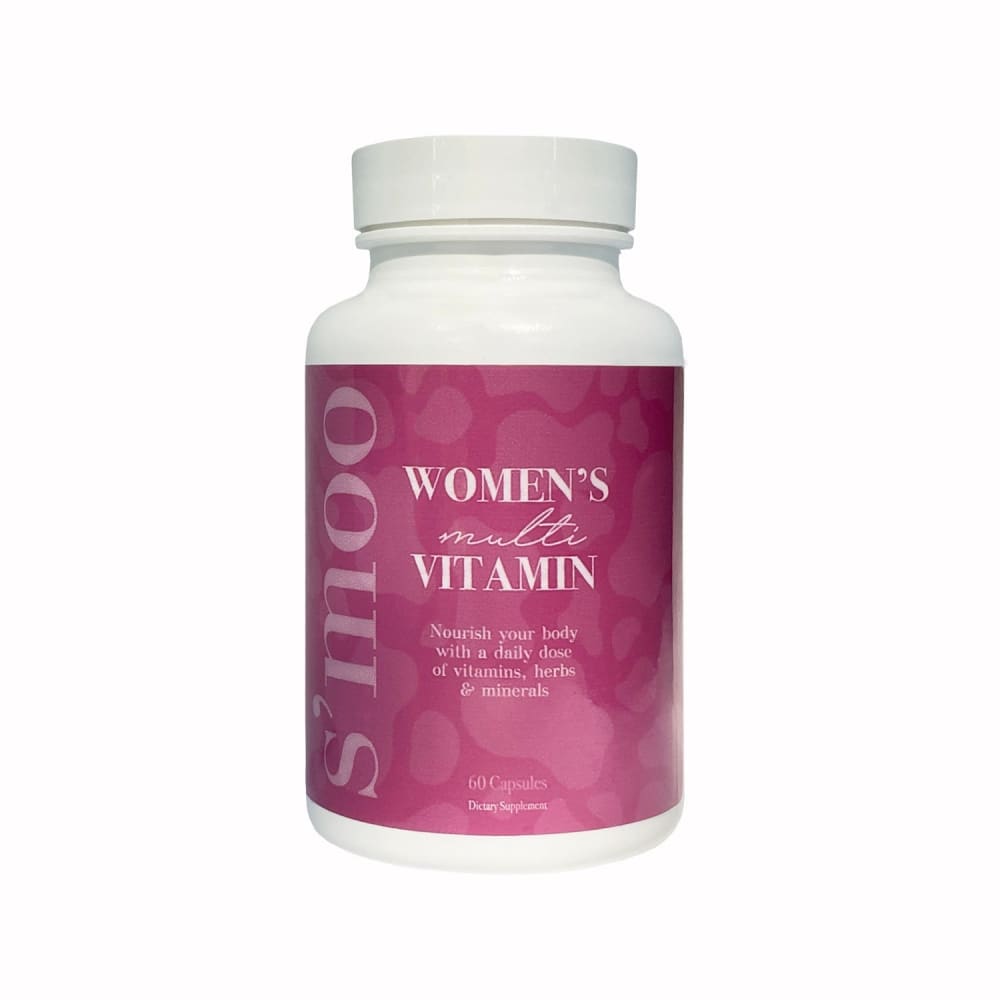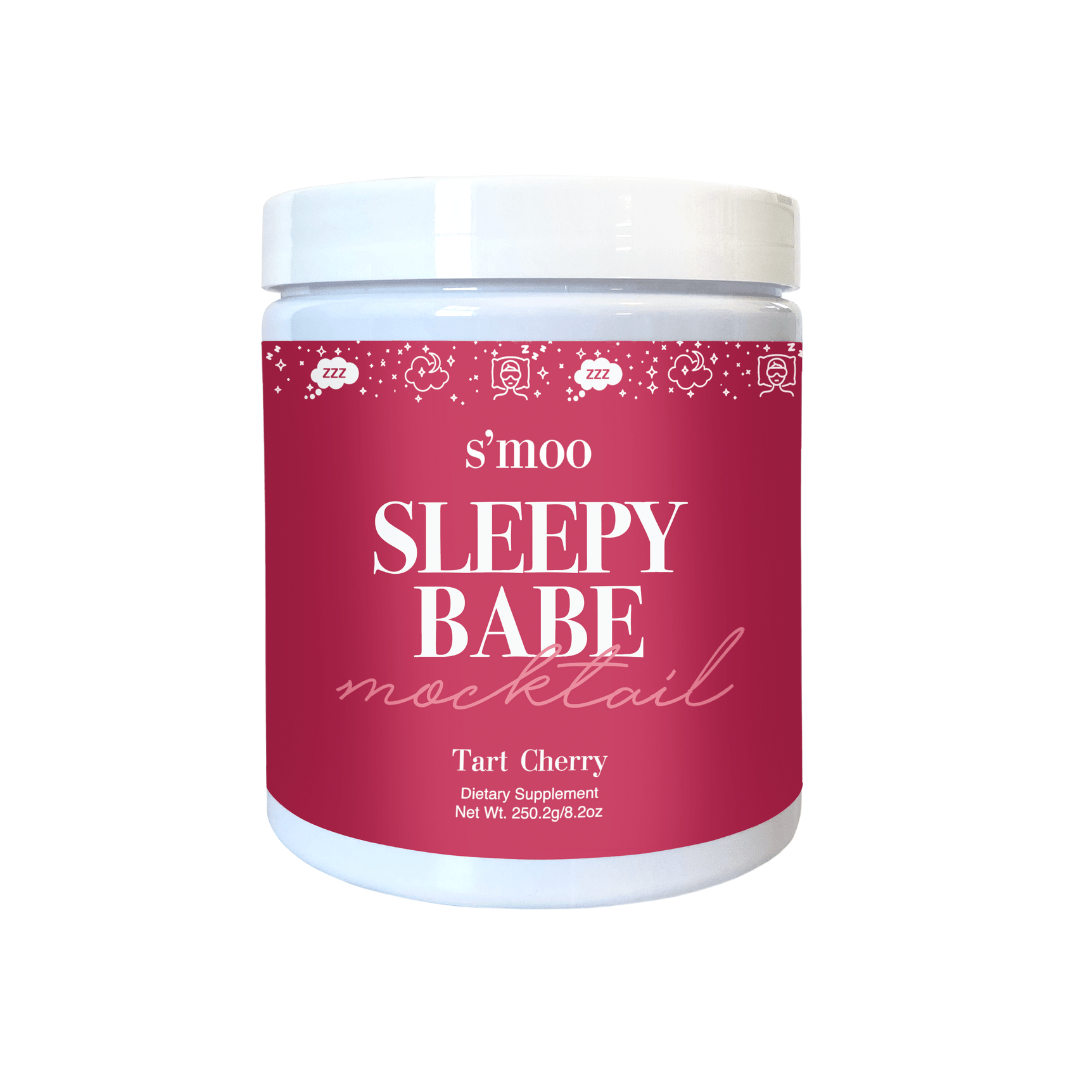Differences Between Period Pain & PCOS
What is your menstrual cycle doing? Sometimes it's hard to tell, especially if you have PCOS and are irregular, have heavy periods or are missing periods all together! It's even possible your monthly menstrual period is filled with cramps and pain. Though as I'm sure you already know, period pain, can vary greatly from person to person, just like PCOS symptoms can.
While some women experience mild discomfort during their period that can be managed easily, others suffer from severe pain that interferes with everyday activities. There are several factors that can cause painful periods. Here at S'moo we always recommend talking with your gynecologist for pain managing solutions depending on the severity of your symptoms. Though until you get to your next appointment, we hope you'll find some useful options in this blog! So keep reading...
Having heavy bleeding, clotting, and severe period pain could indicate PCOS period pain. There are also more specific symptoms associated with PCOS, including irregular periods and fertility issues, excessive facial hair, oily skin, acne, and weight gain. Having any of these symptoms - or experiencing severe period pain on a regular basis - is a good reason to see your GP to find out if they are related to an underlying medical issue such as PCOS or Endometriosis.
How Does PCOS Affect Periods?
There is a normal range between 21 and 35 days in a menstrual cycle, but the average menstrual cycle is 28 days. An irregular period is defined as having eight or fewer cycles per year, or cycles lasting longer than 35 days.
PCOS may cause irregular periods, excess hair growth and weight gain so if your cycle is out of range, you should get checked out.
The most common symptoms of PCOS pain are often found in women who have menstrual intervals (time intervals between two consecutive periods) greater than 30 days, more than four months without menstruation, or heavier or scant bleeding are at risk.
PCOS is also characterized by an excess of androgen, a male hormone. Physical signs can include excess facial and body hair (hirsutism), adult and adolescent acne, and male pattern baldness, along with thinning hair and excessive hair (commonly on the hand and leg surfaces), inflammatory disease, heavy periods, imbalance blood sugar levels and infertility in women.
Sometimes but not always, polycystic ovaries can be distinguished from normal ones by their abnormal size under ultrasonography or by their fluid-filled sacs surrounding the eggs. Though it is important to remember you may have PCOS even without these signs. Your OBGYN will often diagnose you off of your symptoms, using an ultrasound or both.
Symptoms Of Common Pain During Menstruation
There are several symptoms associated with menstruation, including:
● Lower abdominal pain that feels intense or throbbing
● Pain that begins one to three days before your period, peaks 24 hours after it starts, and subsides in two to three days
● A dull, continuous pain
● You feel pain radiating from your lower back to your thighs
Additionally, some women suffer from:
● Nausea
● Loose stools
● Headache
● Dizziness
Polycystic Ovarian Syndrome Symptoms
There is no guarantee that all women with PCOS will experience all the symptoms, and the severity of each symptom varies from mild to severe.
PCOS is characterized by the following symptoms:
● No periods or irregular periods
● Unusual ovulation or lack of ovulation (difficulty getting pregnant)
● The excessive growth of hair (hirsutism) is usually found on the face, chest, back, or buttocks
● Gaining weight
● Hair loss and thinning on the head
● Acne or oily skin
● Severe period pain
How To Cope With Menstrual Pain?
Listed below are five ways to relieve menstrual pain:
1. Apply heat
Applying heat to your abdominal or back region can relieve your cramping pain, according to Dr. Borchardt.
When it comes to relieving period pain, heating pads and baths are great options, but heating patches are discreet, on-the-go options as well.
2. Take a pain reliever
Pain relievers are probably pretty obvious remedies since cramps are painful. Do all pain reliever options work equally well for period cramps?
"Physicians recommend nonsteroidal anti-inflammatory drugs (NSAIDs) for period pain because they can reduce prostaglandins, the hormones that trigger contractions leading to menstrual cramps.
An example of an NSAID is ibuprofen (Advil) and naproxen (Aleve). Follow the instructions on each medication's label.
The pain may also be dulled by Acetaminophen (Tylenol), however, it does not address any of the inflammation causing your cramps.
3. Exercise
There are several medical treatments options but the best thing you can do when in pain is to relax and rest. However, physical activity relieves pain naturally.
The body produces endorphins as a result of exercise, which help block the perception of pain. Period Yoga is also a great option, these are a series of gentle stretches to help keep your body in motion and reduce pain.
Exercise can also reduce stress - which affects pain perception as well.
4. Take steps to reduce stress
A lower pain threshold is one of the effects of stress on the body.
Period cramps can be relieved by reducing stress, which is easier said than done, but you can take steps to reduce stress.
There are several other ways to reduce stress besides exercise:
● Yoga
● Meditation
● Counseling
● Deep breathing exercises
5. Get your vitamins and minerals
The consumption of certain vitamins and minerals has been suggested to reduce cramps, so eating a healthy diet may also help.
A healthy diet usually provides most adults with plenty of vitamin B1, also called thiamin, and magnesium, both of which may reduce period cramps. More research is needed, but some evidence suggests that they may be helpful.
Magnesium and vitamin B1 are found in the following foods:
● Nuts and seeds
● Whole grains
● Spinach
● Cauliflower
● Legumes, including beans, lentils and chickpeas
● Kale
● Asparagus
● Oranges
● Avocado
There are also supplements that may be able to help balance your hormones, and reduce cramping including Hormone Balance Supplements by S'moo. You can check out our PMS & PCOS Supplements here.
When To Consult A Gynecologist?
Menstrual cramps, or primary dysmenorrhea (cramping pain that comes before or during a period. Caused by natural chemicals called prostaglandins that are made in the lining of the uterus), may cause painful periods in PCOS that need to be relieved by medication. Hormonal birth control can also help manage period pain by preventing ovulation and reducing cramp severity. Oral contraceptives, injections, implants in the arm, vaginal rings, dermal patches, and intrauterine devices (IUDs) are all methods of birth control.
Depending on the specific cause of period pain, your doctor will recommend a treatment option. Medications and surgery are also used to treat conditions such as endometriosis and PCOS.
If you are looking to talk to other women who are experiencing similar symptoms take a moment to connect on our free S'moo Babe app. Never forget that you are not alone and there are many women who are willing to share their experiences and friendship with you.
Medical disclaimer:
*The content in this article is provided for informational purposes only. This is not intended to prevent, diagnose, treat, or cure any health conditions. It is not a substitute for professional medical advice or consultation. Talk to your doctor before making changes to your healthcare regimen.










